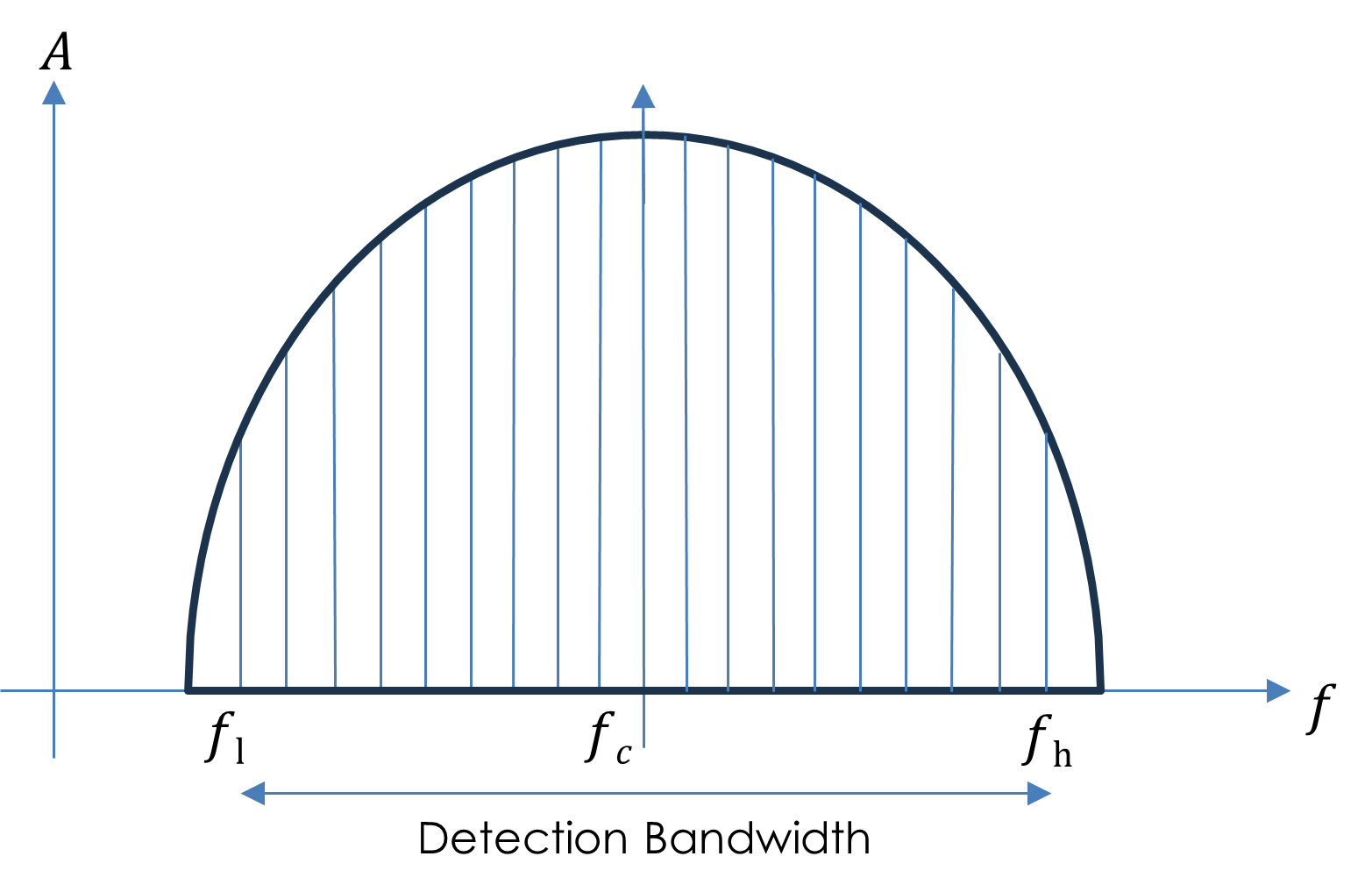|
|
||
| Network Testing and Emulation Solutions |
Dynamic Frequency Selection (DFS) is a technique used in wireless networks to detect and avoid operating on frequencies that are currently being used by radar systems.
DFS testing is used to ensure that wireless devices that operate in the 5GHz band are compliant with DFS requirements set by various governing bodies such as FCC in the United States or ETSI in Europe.
All Access Points wanting to use the DFS channels should be able to detect any radar activity and move off the channel and stay off the channel for a certain period time to ensure there is no interference with critical radar communications.
It is important to properly test and validate the DFS functionality of a wireless device before submitting it for certification. The certification process is costly and time consuming--failure can cause huge delays in product releases.
Candela is offering a solution to this problem by developing the most compact and affordable automated DFS test solution in the industry. Introducing the Candela LANforge DFS Test product.
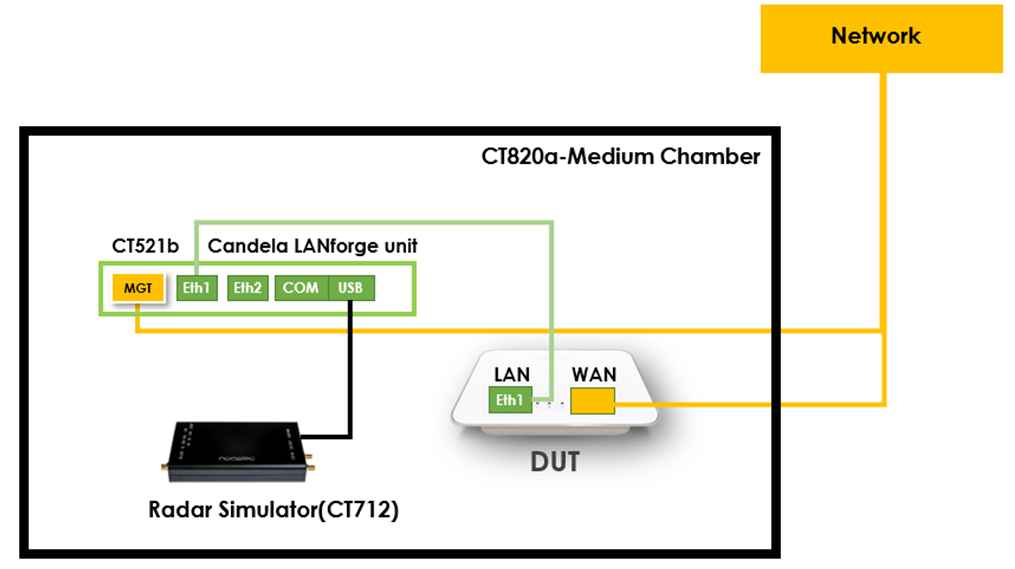
Candela DFS test setup comes in a very compact form factor. This setup includes:
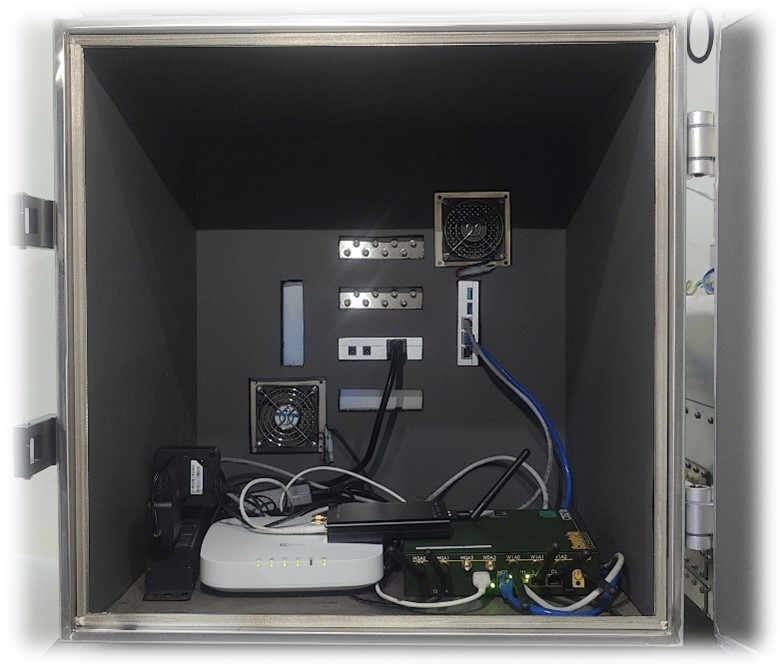
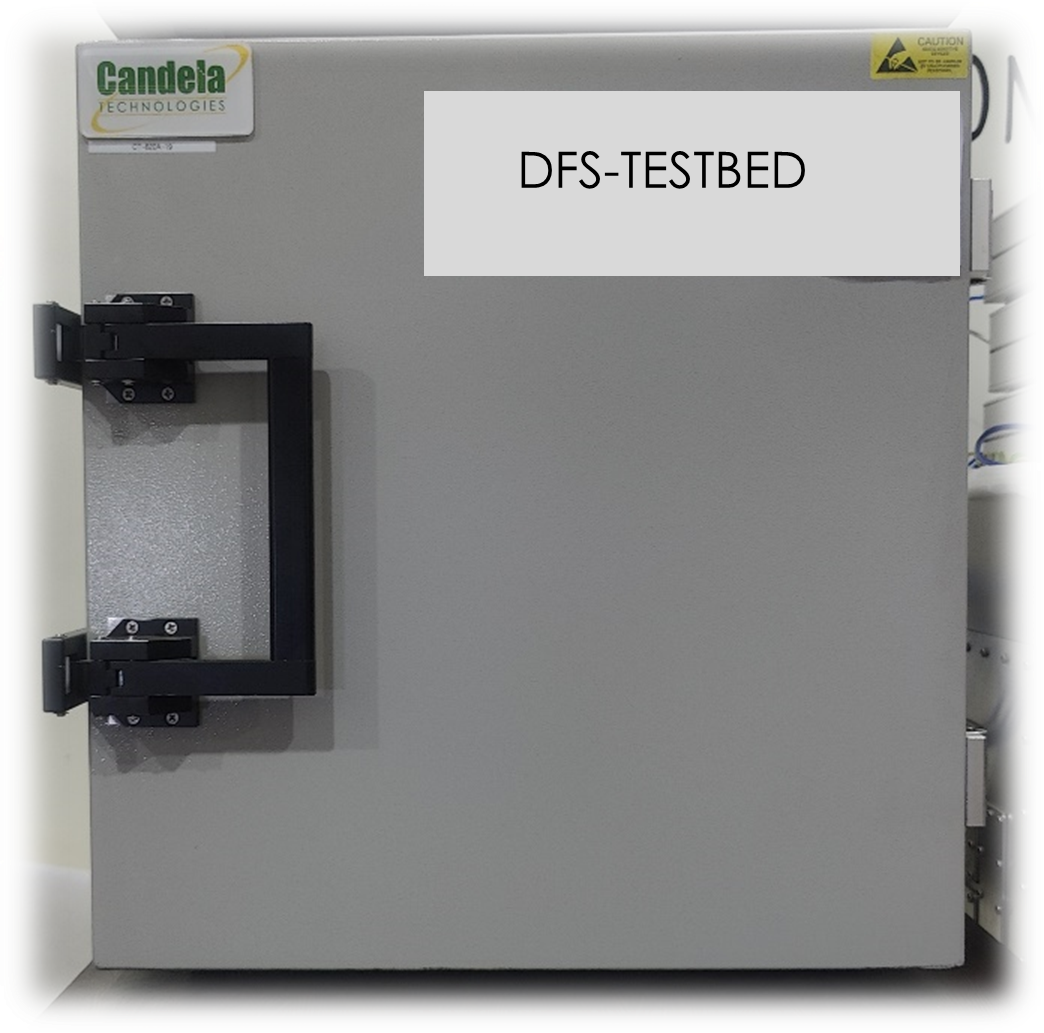
Candela DFS solution covers most of the standard FCC, ETSI, Japan and Korea radar pulse types.
| FCC | ETSI | Japan W53 | Japan W56 | Korea |
|---|---|---|---|---|
| FCC0 | ETSI0 | Japan W53-1 | Japan W56-1 | Korea1 |
| FCC1 | ETSI1 | Japan W53-2 | Japan W56-2 | Korea2 |
| FCC2 | ETSI2 | Japan W53-3 | Japan W56-3 | Korea3 |
| FCC3 | ETSI3 | Japan W53-4 | Japan W56-4 | Korea4 |
| FCC4 | ETSI4 | Japan W53-5 | Japan W56-5 | |
| FCC5 | ETSI5 | Japan W53-6 | Japan W56-6 | |
| FCC6 | ETSI6 | Japan W53-7 | ||
| Japan W53-8 |
The DFS Test automation software is a Web GUI that allows the users to configure and run various fully automated standard tests which include:
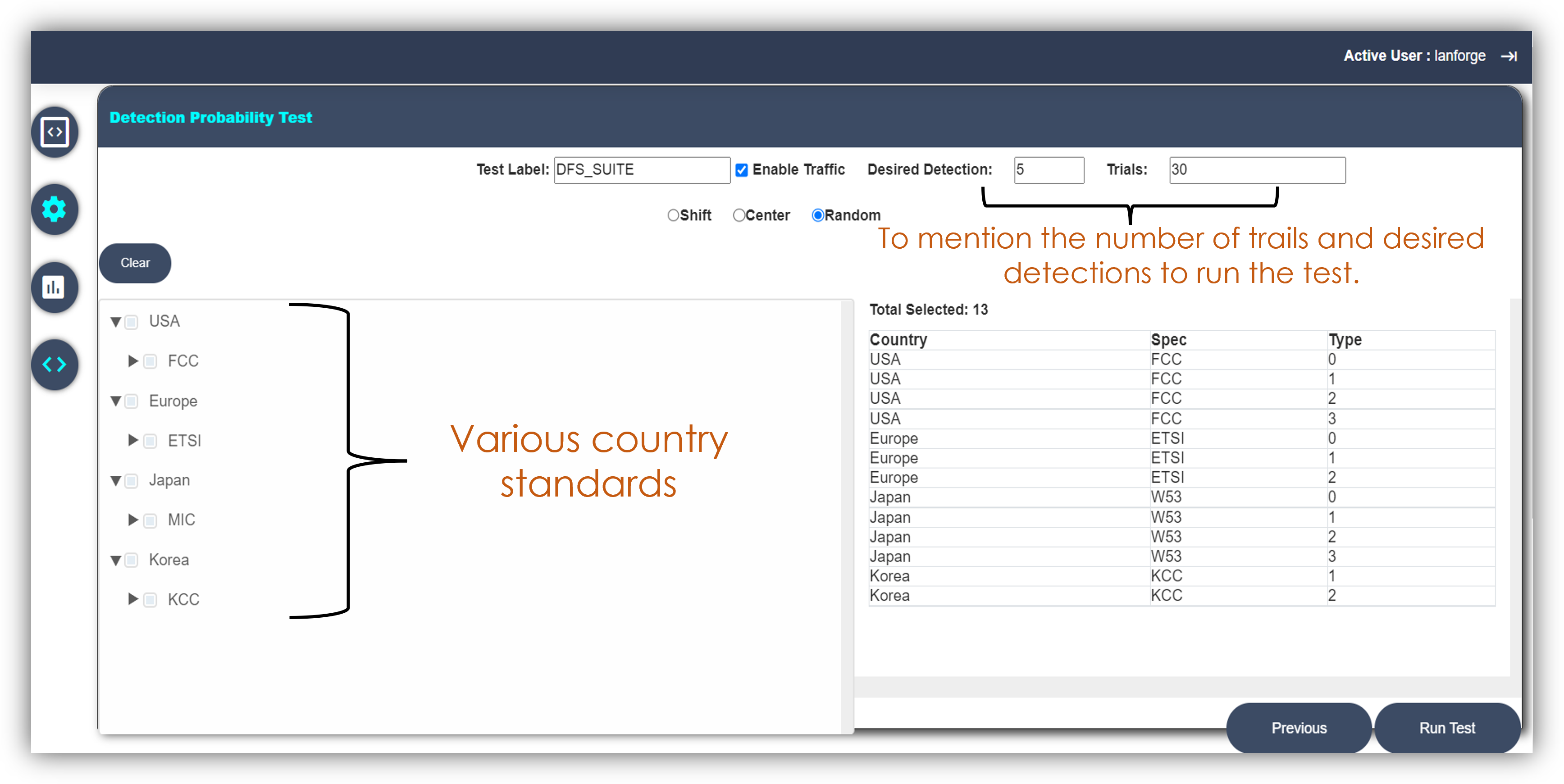
In the WebGUI the user can select one or more standard body tests and select one or more Radar Types for each standards body and run the tests. The GUI will run the tests as per the certification body testing standards and provide clear PASS/FAIL test results and reports.
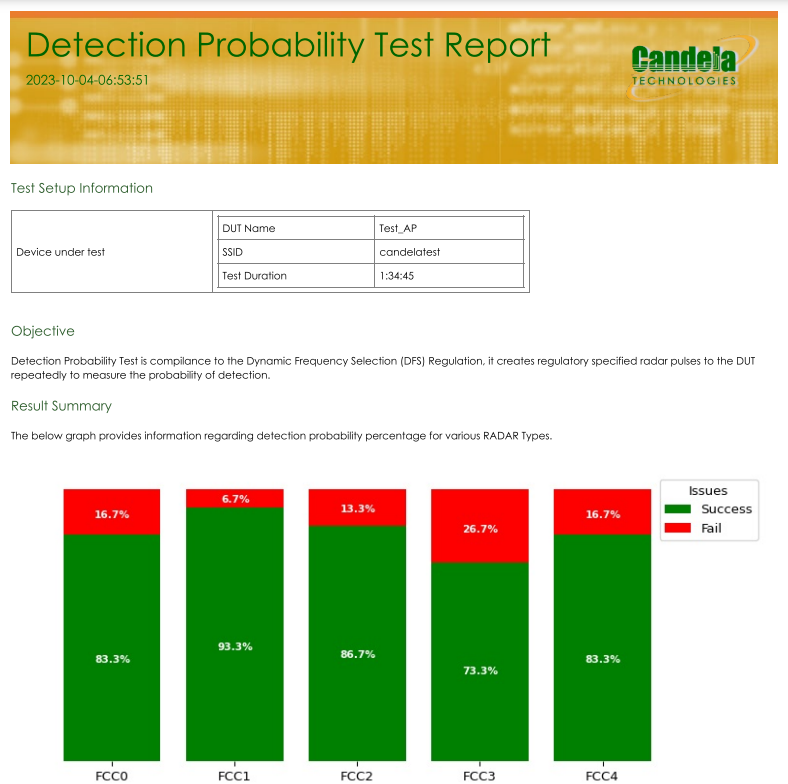
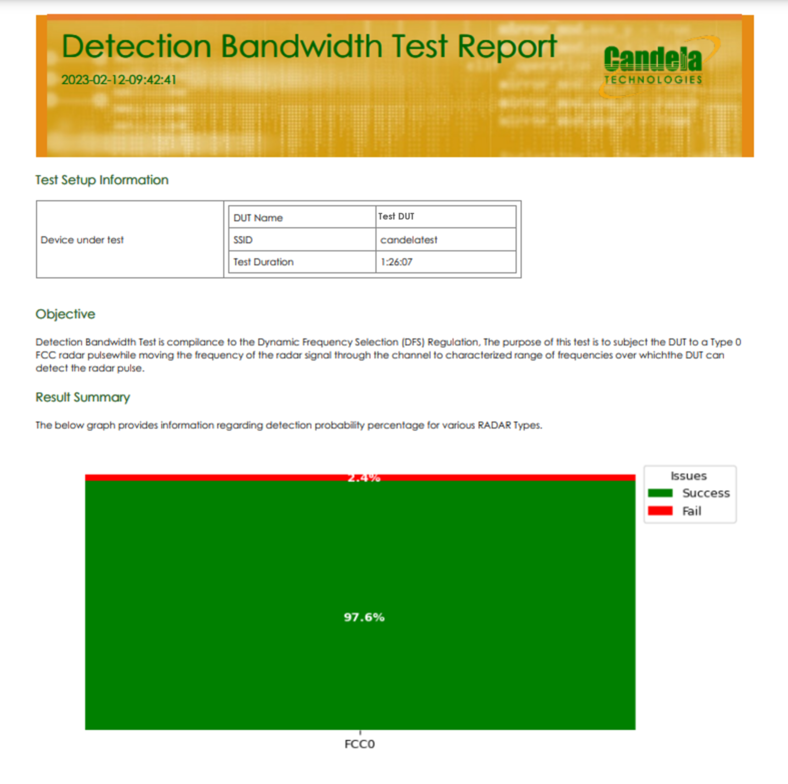
The detection probability test aims to check if an AP can detect radar pulses generated on the active channel of the AP. The radar pulses will be generated based on different parameters like pulse width, number of pulses and Pulse Repeating Interval. For a given test case, certain number of trials must be conducted to see if AP detects radar for at least a certain percentage of the pulses. The parameters of pulses might vary for every trial based on the type of radar pulse being tested. The detection percentage of radar must be greater than or equal to the specified value by the respective governing bodies.
Sample Test Report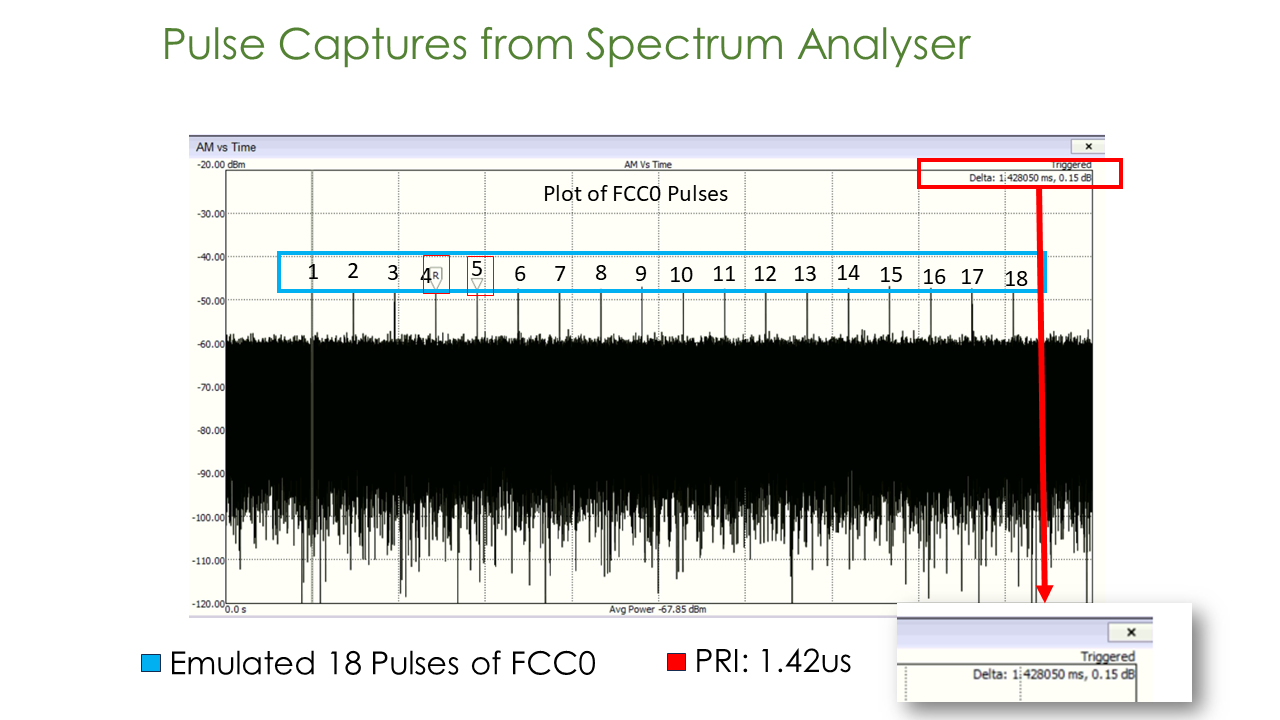
The detection bandwidth test will measure the range of frequencies in which the device can detect radar signals. The bandwidth must be at least 20 MHz wide around the center frequency of the DUT. Radar signals are injected in step increments of 1 MHz in both the directions starting from the Centre frequency. This process is done until the DUT fails to detect the signal. The Total range in between the upper frequency limit and lower frequency limit is called as the detection bandwidth. The detection bandwidth should be greater than or equal to the total bandwidth specified by the respective governing bodies to pass the test.
Sample Test Report